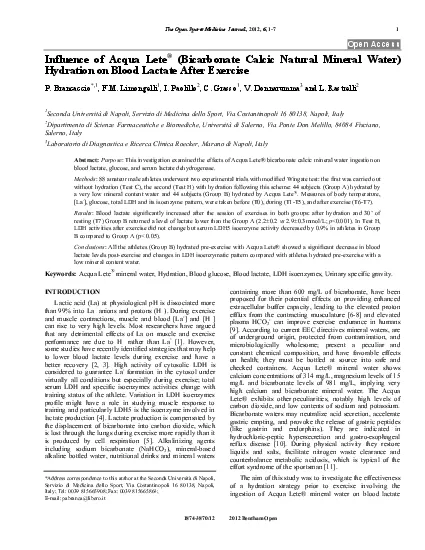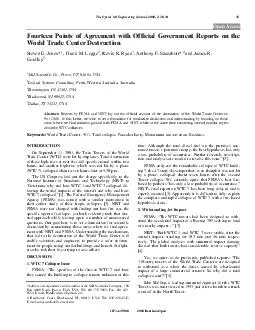PDF-The Open Sports MedicineJournal 2012 6 17 1 1874387012 2012 Bentham
Author : jovita | Published Date : 2021-08-15
Open Access Influence of Acqua Lete Bicarbonate Calcic Natural Mineral Water Hydration on Blood Lactate After Exercise P Brancaccio1 FM Limongelli I Paolillo C Grasso
Presentation Embed Code
Download Presentation
Download Presentation The PPT/PDF document "The Open Sports MedicineJournal 2012 6 1..." is the property of its rightful owner. Permission is granted to download and print the materials on this website for personal, non-commercial use only, and to display it on your personal computer provided you do not modify the materials and that you retain all copyright notices contained in the materials. By downloading content from our website, you accept the terms of this agreement.
The Open Sports MedicineJournal 2012 6 17 1 1874387012 2012 Bentham: Transcript
Download Rules Of Document
"The Open Sports MedicineJournal 2012 6 17 1 1874387012 2012 Bentham"The content belongs to its owner. You may download and print it for personal use, without modification, and keep all copyright notices. By downloading, you agree to these terms.
Related Documents

